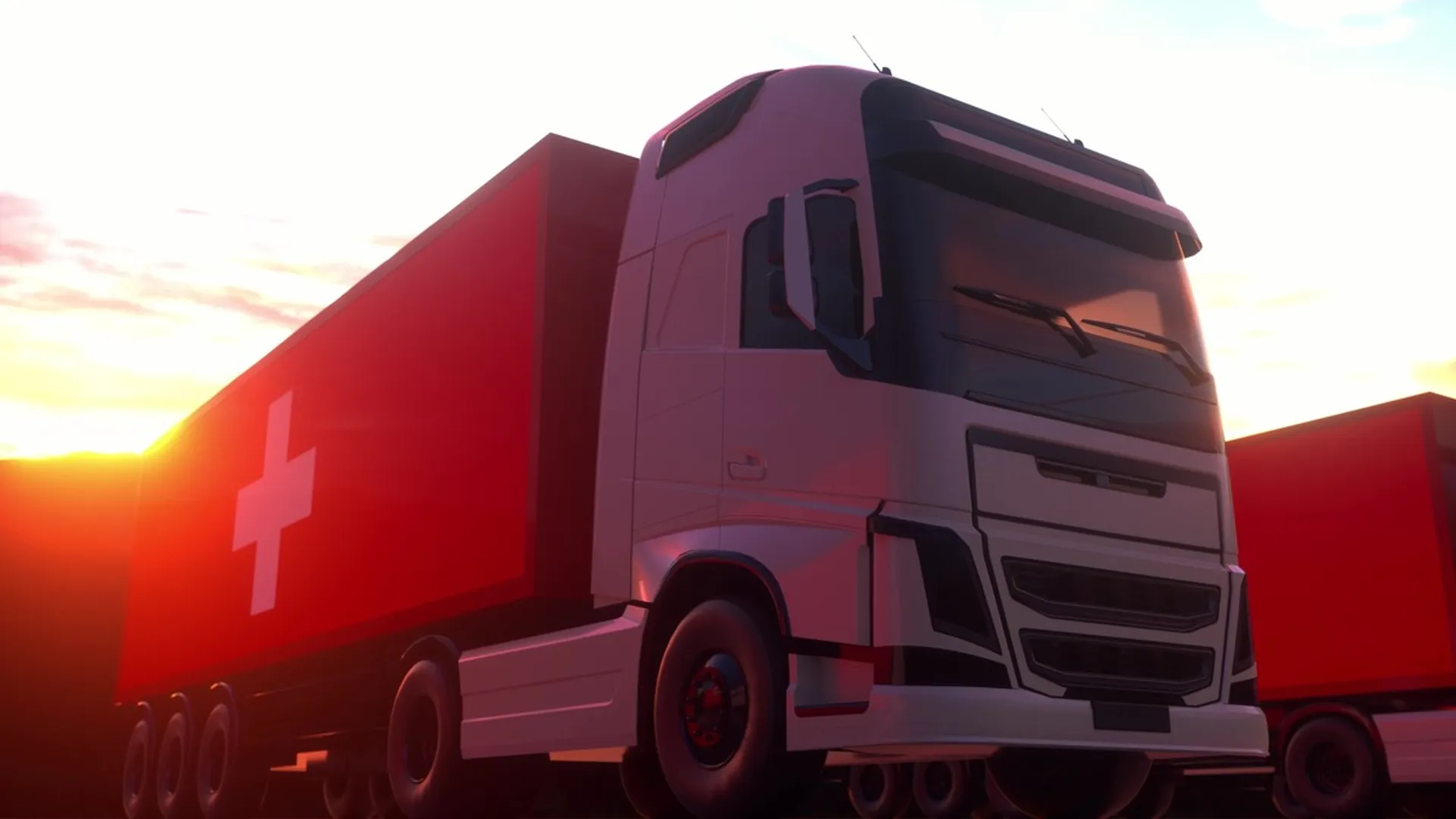Freight Transport in Switzerland: Challenges and Insights from 2023

The freight transport sector in Switzerland faced significant challenges in 2023, marked by a noticeable contraction across road and rail transport. According to the Federal Statistical Office, transport performance dropped by 6% overall, with road freight decreasing by 6.1% and rail by 5.7%. This decline resulted in a total of 26.1 billion tonne-kilometres, one of the lowest levels in recent years.The freight transport sector in Switzerland faced significant challenges in 2023, marked by a noticeable contraction across road and rail transport. According to the Federal Statistical Office, transport performance dropped by 6% overall, with road freight decreasing by 6.1% and rail by 5.7%. This decline resulted in a total of 26.1 billion tonne-kilometres, one of the lowest levels in recent years.
A Decline in Heavy Road Freight
One of the most striking figures was the decrease in heavy road freight, which reached its lowest point since 2007 at 15.5 billion tonne-kilometres. Rail freight, while relatively stable, also remained weak at 9.9 billion tonne-kilometres. The economic slowdown in Switzerland and across Europe played a significant role, particularly in international freight transport, which saw an 8% contraction for both road and rail.
“The contraction reflects broader economic challenges, with international traffic bearing the brunt,”analysts noted, highlighting the interconnected nature of Switzerland's economy with European trade flows.
Domestic Transport: A Mixed Picture
Domestically, the picture was slightly different. Road transport saw a 5% reduction, while rail transport within national borders actually increased by 5%, albeit from a smaller base. Despite this, the share of rail transport relative to road remained stable at 38% rail versus 62% road. This division underscores the ongoing dominance of road freight in Switzerland’s logistics landscape.
The Rise of Light Commercial Vehicles
Interestingly, commercial vehicles covered a record 5.1 billion kilometres in 2023. While heavy vehicles are crucial for transporting goods, light commercial vehicles vastly outnumber them—431,000 light vehicles versus 54,000 heavy vehicles. However, their annual usage differs significantly, with heavy vehicles averaging 32,000 kilometres annually, compared to just 12,000 kilometres for light vehicles.
Light vehicles primarily serve service-oriented purposes rather than goods transport. In 2023:
- 37% of light vehicle kilometres were for goods transport.
- 52% were service-related, such as tradespeople visiting customers.
- 9% were for private use.
Despite their flexibility, light vehicles contribute far less to transport performance, with their tonne-kilometres being fourteen times lower than heavy vehicles.
Economic Slowdown and Its Broader Impact
The Federal Statistical Office emphasizes that the 2023 figures reflect a broader economic slowdown impacting the entire freight transport chain. Experts suggest that the weak economic performance in Europe heavily influenced these results.
“A recovery in the European economic context is critical for the freight sector to regain momentum,”industry experts argue. The interdependence of Switzerland’s economy with European trade underscores the importance of robust international transport networks.
Looking Ahead: Challenges and Opportunities
The decline in freight performance raises important questions about the future of logistics in Switzerland:
- Infrastructure: How can road and rail networks be optimized for better efficiency?
- Sustainability: Will economic pressures delay the transition to greener transport methods?
- Policy and Innovation: What measures can the government and private sector take to support recovery?
While 2023 was undoubtedly a challenging year, it also highlights opportunities for innovation in the freight sector. A renewed focus on economic recovery, sustainable practices, and investment in infrastructure could pave the way for a stronger, more resilient transport system in the years ahead.


